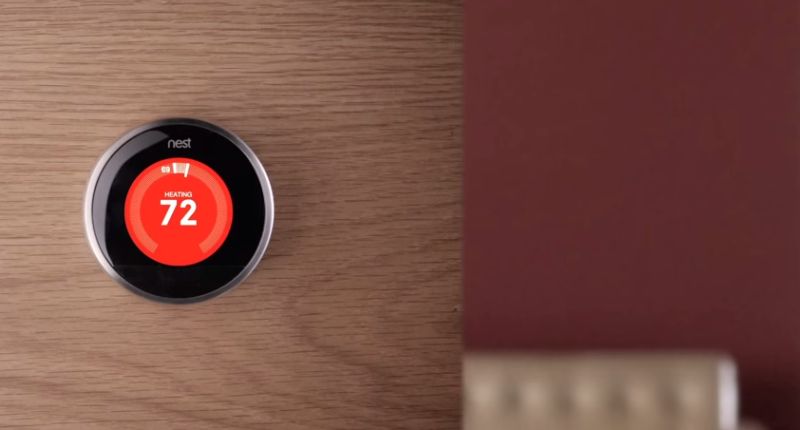Five years ago, launching a decent streaming platform took millions. Now? A teenager with a laptop can build something that reaches millions. That shift…
7 ways to make a dumb home smarter


The buzzword “smart home” fits nicely alongside terms like “The Internet of Things”. But the smart home is tangible, it is something. Best of all, it’s something well within the reach of us, the little people. First off, what is a smart home?
Explaining
A smart home is home automation. Remote surveillance, WiFi-enabled stoves, automated porch lights, flush-aware toilet bowls, stuff like that. With an internet-enabled device connected to a smart home appliance, the possibilities are fairly endless. Think of a remote control for your gate at home, but on a grand scale, and contained within an app on your phone or computer. The smart home also means big business and boffins have predict that the entire industry will be worth over US$44-billion by 2017. It’s not quite there yet — think about it, how many people do you know who actually have a “smart” home? — but there are shortcuts, and means of turning your house into a smart home. Let’s begin with one of the easiest options, your lighting.
Lights!
This is what’s possible, with money
This is the first, and best way to begin any home automation journey, with a lightbulb and Bluetooth 4.0. Newer, faster Bluetooth standards means wireless, switch-less light bulbs, and they’re fairly cheap as well. There’s Lumen, Flux, Awox and thousands more that all perform the exact same function. Smart bulbs connect to your smartphone for control. Dim it, turn it on, make it flash, even make it change colours. And because they’ve become so inexpensive — some cost under US$30 — it’s possible to outfit an entire home with smart bulbs. What if you want to step it up a notch?
The perfect garage door
The absolute worst part of the day is opening the garage door. What if that wasn’t even a hassle anymore? Gadgets like Chamberlain MyQ Garage is essentially the best hardware to ever be invented, for lazy people. This tiny sensor uses GPS to accurately locate your cars relative position to the garage door, and even shuts it behind you when the car is safely inside the garage. It costs US$129 and is available for iOS, Android, Windows and BlackBerry devices. For those who want to lock more than their garage, they’ll need a smart key.
A smarter key
Don’t you find those hotel room key-access doors simply adorable? It’s so much easier than fiddling with a key. What if you could open your door with a touch? That’s where hardware like Kevo comes into play. By registering different users on the application, Kevo allows its owner to lightly touch the lock to open the door. It’s so smart that Kevo owners can even pass on a 24-hour “guest key”, virtual access that expires within a day. Just watch it in action, that’s some future stuff right there.
Keeping it cool
Air conditioners and home heating solutions are still seen as something of a luxury item in most countries, but what of a smart thermostat? Undoubtedly, the most popular is Nest, an incredibly clever thermostat that learns your ambient temperature requirements. For US$240, Nest remembers how hot or cool you like it, turns itself off to save energy and can be controlled, naturally, through a wireless connection.
Entertain us
Picking a smart TV, a nice large set that can be operated remotely or can be more than a TV, is a tough choice to make. This 51″ F8500 Samsung Plasma TV, priced at a respectable US$1800 is the pick of the lot. This TV uses a microphone for channel selection, gestures for control, has built-in WiFi and has one of the best displays around. With the built-in TV applications, it’s even possible to view your smart homes status from the comfort of a worn-in couch.
Controlling it all
Logitech’s been one of the greats when it comes to unified remote controls. Many of us have purchased one, and now the company offers a remote for total home automation called the Logitech Harmony. It’s inexpensive, costing US$100, but and is useful to the extreme for the home automation maker. Smart home appliances work via Bluetooth, WiFi or IR and the Harmony, as well as many remotes like it, connects to gadgets through this frequency.
Grow your own


